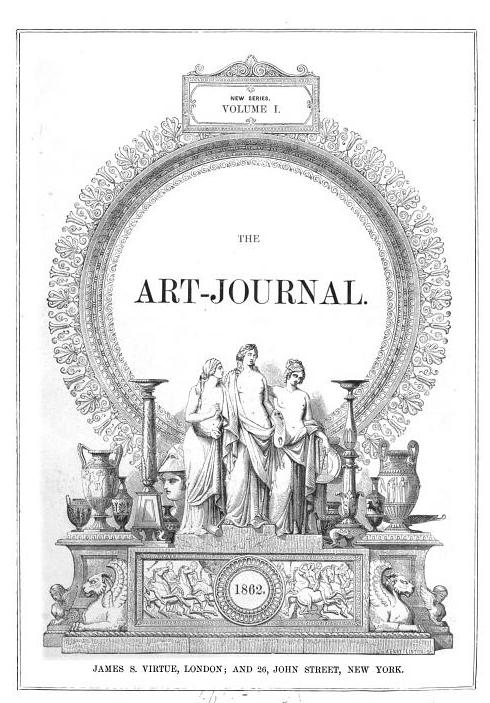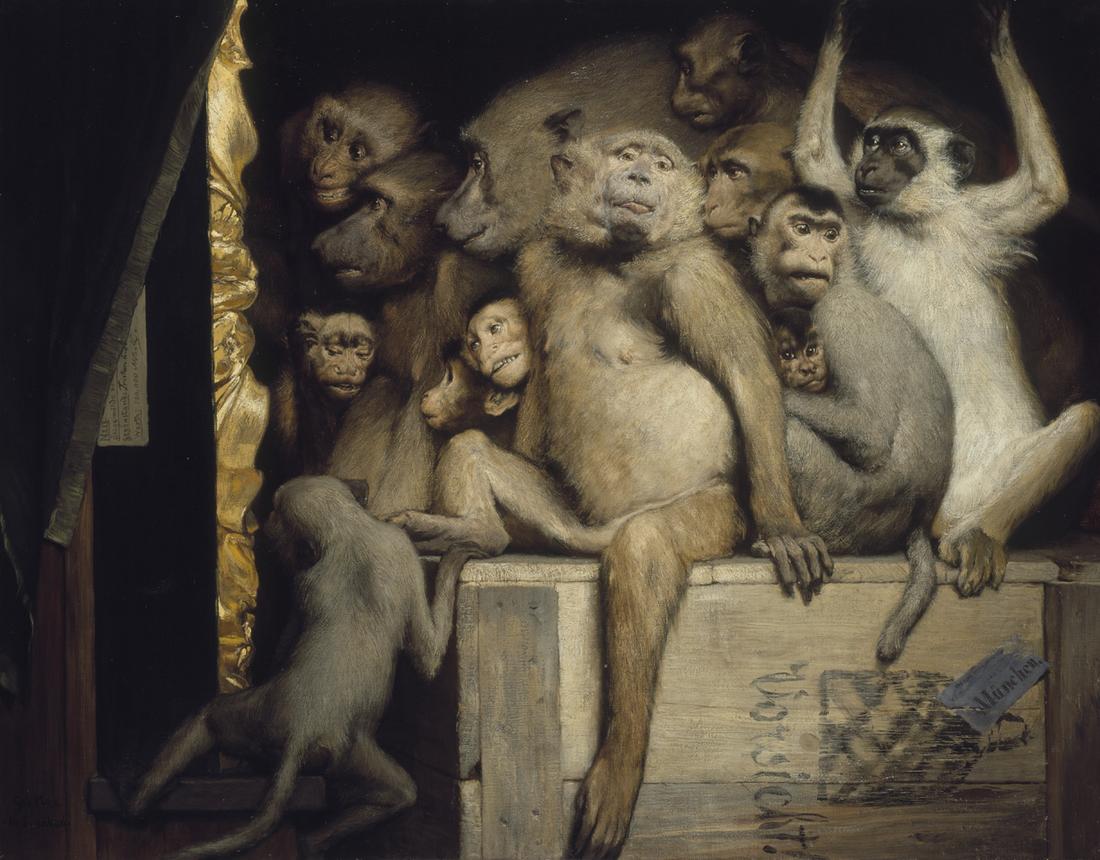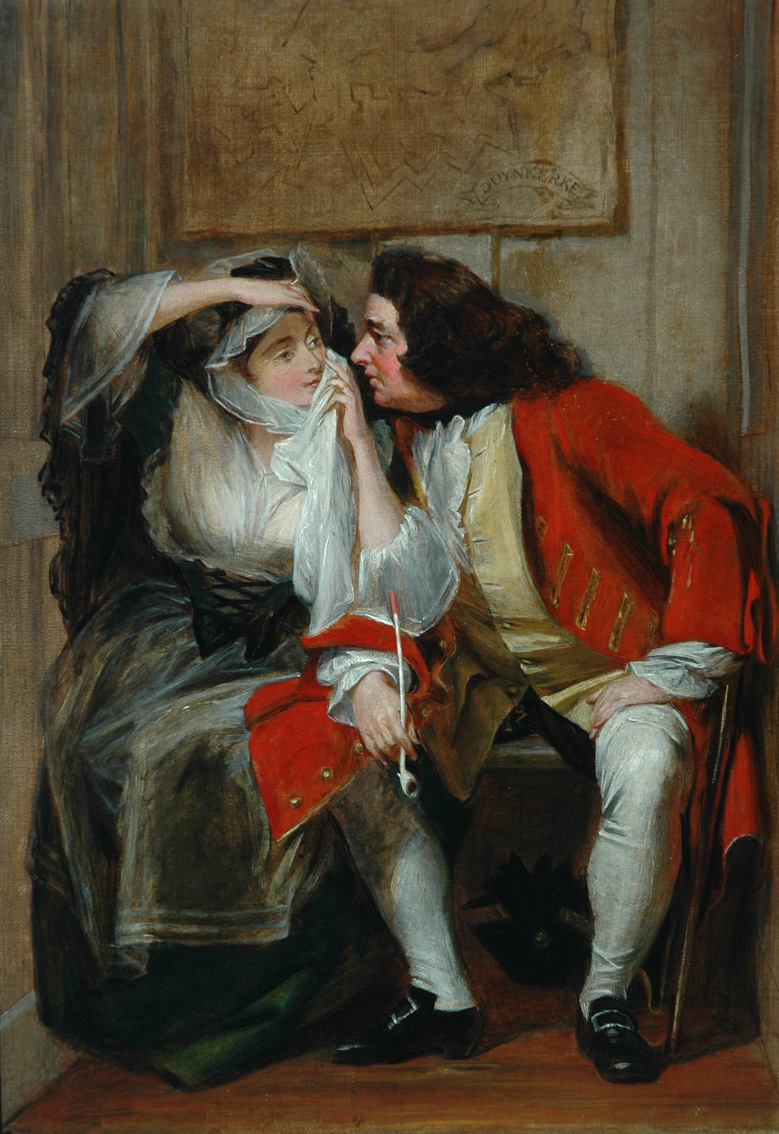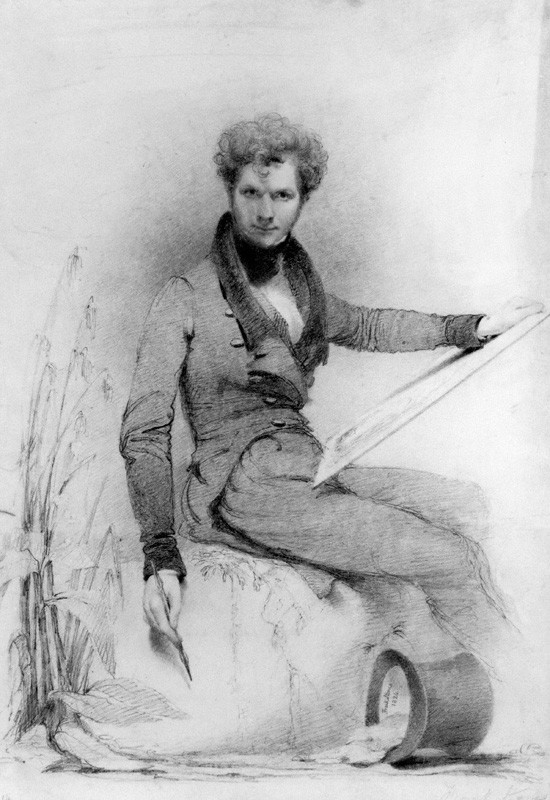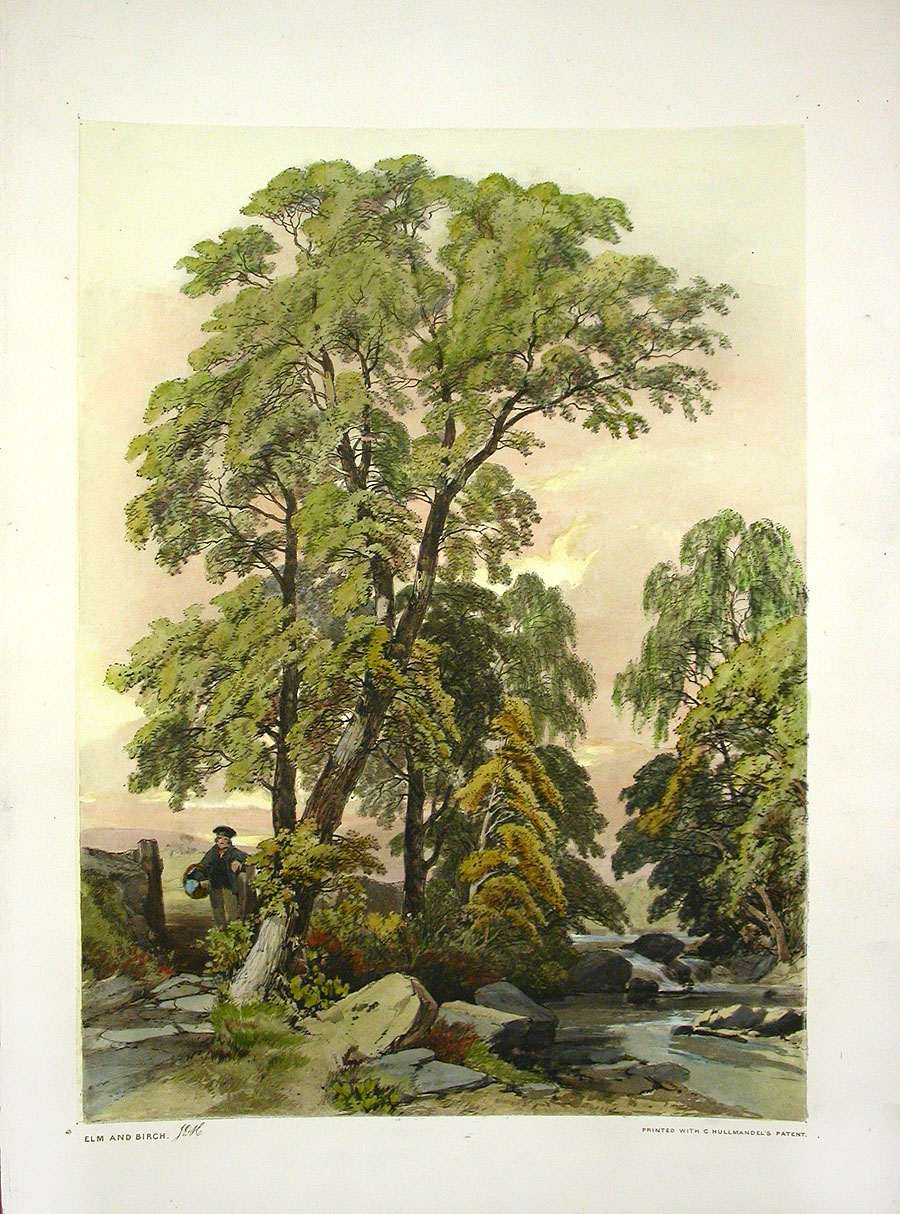|
James Dafforne
James Dafforne (29 April 1804 – 5 June 1880) was a British journalist, known for his art criticism in ''The Art Journal''. Life He was for 35 years a contributor to ''The Art Journal'', joining the staff in 1845, and writing for it till his death. He died on 5 June 1880 at the house of his son-in-law, the Rev. C. E. Casher, Upper Tooting. Works Dafforne's works were mostly compilations from the ''Journal'': ''Pictures of Daniel Maclise, R.A.''; also the ''Pictures of William Mulready'', of ''Leslie and Maclise'', of ''Clarkson Stanfield, R.A.'', ''Sir Edwin Landseer'', and others. He compiled the ''Pictorial Table-book''. In 1878 he published a book on the Albert Memorial The Albert Memorial, directly north of the Royal Albert Hall in Kensington Gardens, London, was commissioned by Queen Victoria in memory of her beloved husband Prince Albert, who died in 1861. Designed by Sir George Gilbert Scott in the Gothic R .... In 1879 his final book appeared, ''The Life and Works ... [...More Info...] [...Related Items...] OR: [Wikipedia] [Google] [Baidu] |
Art Criticism
Art criticism is the discussion or evaluation of visual art. Art critics usually criticize art in the context of aesthetics or the theory of beauty. A goal of art criticism is the pursuit of a rational basis for art appreciation but it is questionable whether such criticism can transcend prevailing socio-political circumstances. The variety of artistic movements has resulted in a division of art criticism into different disciplines which may each use different criteria for their judgements. The most common division in the field of criticism is between historical criticism and evaluation, a form of art history, and contemporary criticism of work by living artists. Despite perceptions that art criticism is a much lower risk activity than making art, opinions of current art are always liable to drastic corrections with the passage of time. Critics of the past are often ridiculed for dismissing artists now venerated (like the early work of the Impressionists). Some art movements ... [...More Info...] [...Related Items...] OR: [Wikipedia] [Google] [Baidu] |
Charles Robert Leslie
Charles Robert Leslie (19 October 1794 – 5 May 1859) was an English genre painter. Biography Leslie was born in London to American parents. When he was five years of age he returned with them to the United States, where they settled in Philadelphia. Leslie completed his education and afterwards became apprenticed to a bookseller. He was, however, mainly interested in painting and drama, and when George Frederick Cooke visited the city he executed a portrait of the actor from recollection of him on the stage, which was considered a work of such promise that a fund was raised to enable the young artist to study in Europe. He left for London in 1811, bearing introductions which procured for him the friendship of West, Beechey, Allston, Coleridge and Washington Irving, being admitted as a student of the Royal Academy, where he carried off two silver medals. At first, influenced by West and Fuseli, he essayed high art, and his earliest important subject depicted Saul and the Wit ... [...More Info...] [...Related Items...] OR: [Wikipedia] [Google] [Baidu] |
John Gilbert (painter)
Sir John Gilbert (21 July 1817 – 5 October 1897) was an English artist, illustrator and engraver. Biography Gilbert was born in Blackheath, Surrey, and taught himself to paint. His only formal instruction was from George Lance. Skilled in several media, Gilbert gained the nickname, "the Scott of painting". He was best known for the illustrations and wood-engravings he produced for the ''Illustrated London News''. Gilbert was initially apprenticed to a firm of estate agents, but taught himself art by copying prints. He was unable to enter the Royal Academy Schools, but mastered watercolour, oils, and other media. From 1836 he exhibited at the Society of British Artists, and at the RA from 1838. The art patron Thomas Sheepshanks and the artist William Mulready suggested that he learn wood engraving. Starting with ''Punch'', he moved on to the ''Illustrated London News''. He designed an impressive number of wood-engravings (over 2000) for that publication and for ''The L ... [...More Info...] [...Related Items...] OR: [Wikipedia] [Google] [Baidu] |
George Cattermole
George Cattermole (10 August 180024 July 1868) was a British painter and illustrator, chiefly in watercolours. He was a friend of Charles Dickens and many other literary and artistic figures. Life and work He was born at Dickleburgh, near Diss, Norfolk. At the age of fourteen he began working as an architectural and topographical draughtsman for the antiquary John Britton. Afterwards he contributed designs to be engraved in the annuals then so popular, then progressed into watercolour painting, becoming an associate of the Royal Watercolour Society in 1822, and a full member in 1833. In 1850 he withdrew from active connection with this society, and took to painting in oil. His most fertile period was between 1833 and 1850. At the Paris Exhibition of 1855 he received one of the five first-class gold medals awarded to British painters. He also enjoyed professional honors in Amsterdam and in Belgium. Among his leading works are ''The Murder of the Bishop of Liege'', ''Th ... [...More Info...] [...Related Items...] OR: [Wikipedia] [Google] [Baidu] |
John Callcott Horsley
John Callcott Horsley RA (29 January 1817 – 18 October 1903) was an English academic painter of genre and historical scenes, illustrator, and designer of the first Christmas card. He was a member of the artist's colony in Cranbrook. Childhood and education Horsley was born in London, the son of William Horsley, the musician, and grand-nephew of Sir Augustus Callcott. His sister Mary Elizabeth Horsley wed the famous British engineer Isambard Kingdom Brunel in 1836. Horsley was mentored by William Mulready and Augustus Wall Callcot who sent him at age thirteen to study at Dr Henry Sass's academy where he met D.G Rossetti, J. Millais and W.P. Frith; in his biography Horsley recalls Dr Sass as being vain and untalented.The Cranbrook Colony: Fresh Perspectives, Wolverhampton Art Gallery, 2010 Following preparatory school Horsley studied painting at the Royal Academy schools where he met Thomas Webster. In 1836 he exhibited ''The Pride of the Village'' (Vernon Gallery) at ... [...More Info...] [...Related Items...] OR: [Wikipedia] [Google] [Baidu] |
Clarkson Stanfield
Clarkson Frederick Stanfield (3 December 179318 May 1867) was a prominent English painter (often inaccurately credited as William Clarkson Stanfield) who was best known for his large-scale paintings of dramatic marine subjects and landscapes. He was the father of the painter George Clarkson Stanfield and the composer Francis Stanfield. Early life Stanfield was born in Sunderland, the son of James Field Stanfield (1749–1824) an Irish-born author, actor and former seaman, and Mary Hoad, an artist and actress. Stanfield was likely to have inherited artistic talent from his mother, who is said to have been an accomplished artist, but died in 1801. His father remarried, to Maria Kell, a year later. Stanfield was named after Thomas Clarkson, the slave trade abolitionist, whom his father knew, and this was the only forename he used, although there is reason to believe Frederick was a second one. He was briefly apprenticed to a coach decorator in 1806, but left owing to the dru ... [...More Info...] [...Related Items...] OR: [Wikipedia] [Google] [Baidu] |
Alfred Elmore
Alfred Elmore (1815–1881) was a British history and genre painter. Life Alfred Elmore was born in Clonakilty, Ireland, the son of John Richard Elmore, a surgeon who retired from the British Army to Clonakilty. His family moved to London, where Elmore studied at the Royal Academy of Arts. His early works were in the ''troubadour'' style of Richard Parkes Bonington, but he soon graduated to religious work, notably ''The Martyrdom of Thomas à Becket'', commissioned by Daniel O'Connell for Westland Row Church in Dublin. Between 1840 and 1844 Elmore travelled across Europe, visiting Munich, Venice, Bologna, and Florence. Elmore seems to have been associated with The Clique, a group of young artists who saw themselves as followers of Hogarth and David Wilkie. According to his friend William Powell Frith he was member of the group, but since it was most active while he was in continental Europe, his involvement was probably short-lived. Most of Elmore's later works were hi ... [...More Info...] [...Related Items...] OR: [Wikipedia] [Google] [Baidu] |
Alexander Johnston (artist)
Alexander Johnston (1816 – 1891) was a Scottish painter, known for genre and history paintings. Life Born at Edinburgh, he was son of an architect, who placed him at the age of fifteen with a seal-engraver there. He was a student in the Trustees' Academy from 1831 to 1834, when he went to London with an introduction to Sir David Wilkie. He entered the schools of the Royal Academy under William Hilton in 1836. Johnston died at 75 Carlingford Road, Hampstead, after a short illness, on 2 February 1891. His brother, Douglas Johnston, a musician in Glasgow, predeceased him. Works While in Edinburgh Johnston took up portrait-painting, and he brought with him to London some portraits of Dr. Morison's family, which he exhibited at the Royal Academy in 1836 and 1837. In 1838 he exhibited there his first subject picture, ''The Mother's Prayer'', and sent his ''Scotch Lovers'' to the Society of British Artists. In 1839 his picture of ''The Mother's Grave'' at the Royal Academy att ... [...More Info...] [...Related Items...] OR: [Wikipedia] [Google] [Baidu] |
William Edward Frost
William Edward Frost (September 1810 – 4 June 1877) was an English painter of the Victorian era. Virtually alone among English artists in the middle Victorian period, he devoted his practice to the portrayal of the female nude. Frost was educated in the schools of the Royal Academy, beginning in 1829; he established a reputation as a portrait painter before branching into historical and mythological subjects, including the subgenre of fairy painting that was characteristic of Victorian art. In 1839 he won the Royal Academy's gold medal for his ''Prometheus Bound'', and in 1843 he won a prize in the Westminster Hall competition for his ''Una Alarmed by Fauns'' (a subject from Spenser's ''The Faerie Queene''). He was elected an associate member of the Royal Academy in 1846, and a full member in 1870. Frost is widely recognized as a follower of William Etty William Etty (10 March 1787 – 13 November 1849) was an English artist best known for his history ... [...More Info...] [...Related Items...] OR: [Wikipedia] [Google] [Baidu] |
Frank Stone (painter)
Frank Stone (22 August 1800 – 18 November 1859) was an English painter. He was born in Manchester, and was entirely self-taught. Career He was elected an Associate of the Society of Painters in Water Colours in 1833 and Member in 1843; and an Associate of the Royal Academy in 1851. The works he first exhibited at the Academy were portraits, but from 1840 onwards he contributed figure pictures, scenes from Shakespeare, scripture and sentimental subjects, many of which were engraved. In 1850 he led the opposition within the Academy to the innovations of the Pre-Raphaelite Brotherhood, having already criticised their work in the previous year. When Dante Gabriel Rossetti wrote a very critical review of Stone's work in return, Stone launched an outright assault on Pre-Raphaelitism, initiating the controversy that engulfed the movement. Leading Pre-Raphaelite William Holman Hunt later depicted a print of one of Stone's works in the background of his painting ''The Awakening Cons ... [...More Info...] [...Related Items...] OR: [Wikipedia] [Google] [Baidu] |
James Duffield Harding
James Duffield Harding (1798 – 4 December 1863) was a British landscape painter, lithographer and author of drawing manuals. His use of tinted papers and opaque paints in watercolour proved influential. Life Harding was born at Deptford in 1798, the son of a drawing-master who had been a pupil of Paul Sandby. He was taught perspective by his father and had lessons from Samuel Prout. At the age of thirteen he exhibited two drawings of buildings in the style of Prout at the Royal Academy. He was apprenticed to the engraver Charles Pye, but left him after only a year to concentrate on painting watercolours, and when he was 18 he was awarded a silver medal by the Society of Arts. In 1818 he showed with the Society of Painters in Watercolours, (known as the "Old Watercolour Society or OWCS from 1831) for first time. He was to contribute to its exhibitions for the rest of his life. He was elected an associate of the society in 1820 and a full member in 1821. In 1843 he took up oil ... [...More Info...] [...Related Items...] OR: [Wikipedia] [Google] [Baidu] |
William Powell Frith
William Powell Frith (9 January 1819 – 2 November 1909) was an English painter specialising in genre subjects and panoramic narrative works of life in the Victorian era. He was elected to the Royal Academy in 1853, presenting ''The Sleeping Model'' as his Diploma work. He has been described as the "greatest British painter of the social scene since Hogarth". Early life William Powell Frith was born in Aldfield, near Ripon in the then West Riding of Yorkshire on 9 January 1819. He had originally intended to be an auctioneer. Frith was encouraged to take up art by his father, a hotelier in Harrogate. Frith was great uncle and an advisor to the English school portrait painter Henry Keyworth Raine (1872–1932). He moved to London in 1835 where he began his formal art studies at Sass's Academy in Charlotte Street, before attending the Royal Academy Schools. Frith started his career as a portrait painter and first exhibited at the British Institution in 1838. In the 1840s ... [...More Info...] [...Related Items...] OR: [Wikipedia] [Google] [Baidu] |
